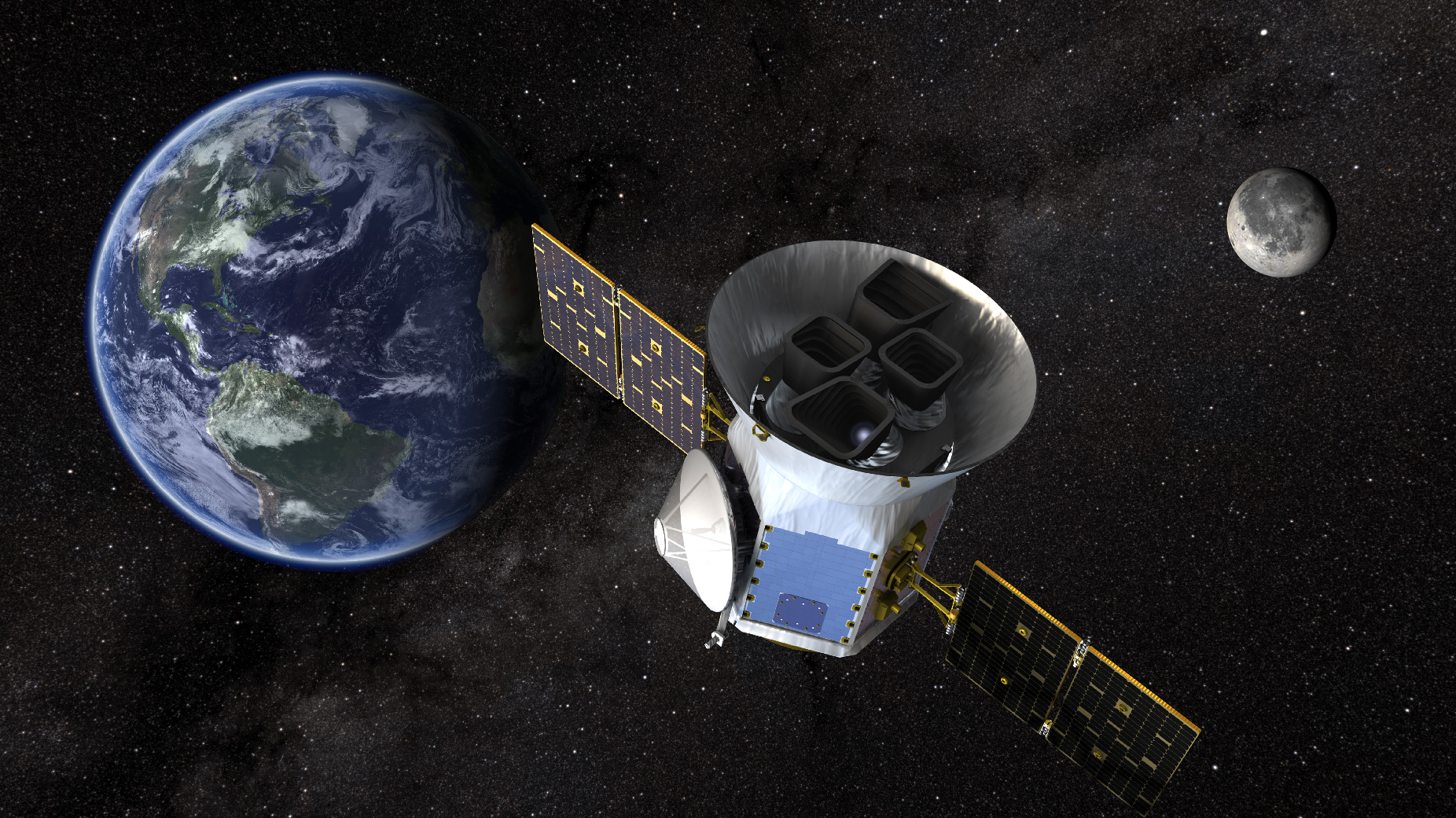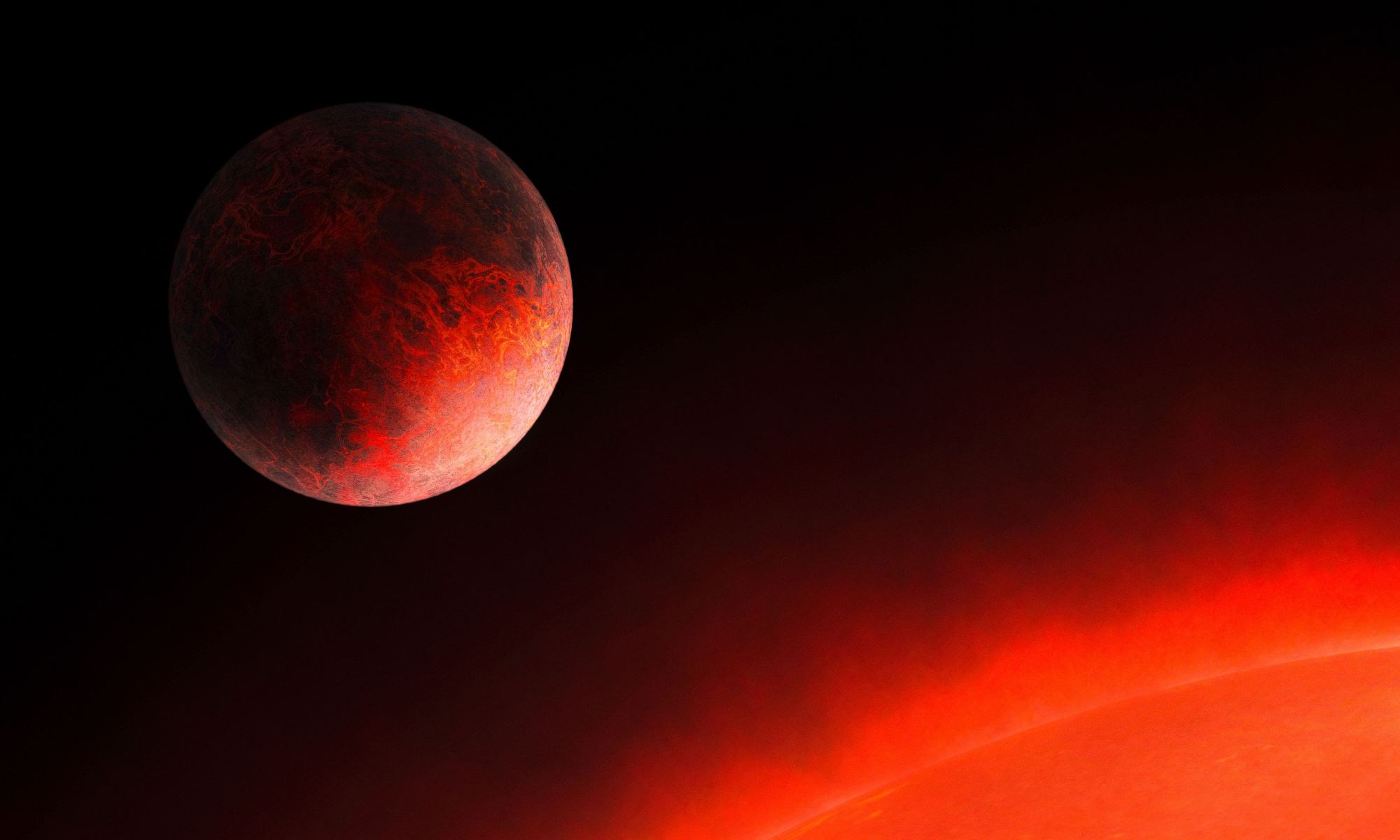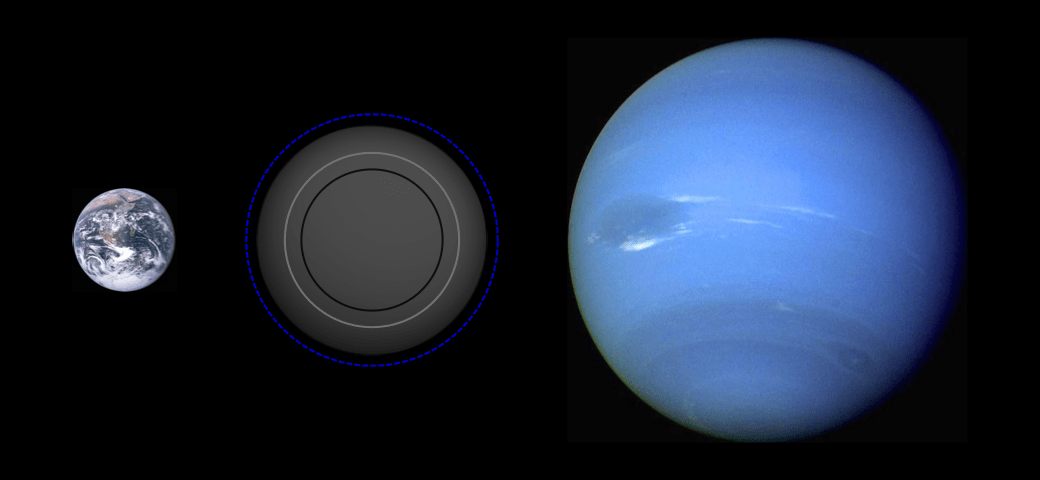TESS, the Transiting Exoplanet Survey Satellite has been on the lookout for alien worlds since 2018. It has just hit the news again having identified an extreme triple star system where two stars orbit each other every 1.8 days. The third component circles them both in 25 days – this puts the entire system within the orbit of Mercury with a little wriggle room to spare! To visual observers, it looks like a single star but the power of TESS revealed a flicker as the stars line up and pass one another along our line of sight. Eventually, the two inner stars will merge, triggering a supernova event!
Continue reading “TESS Finds a Triple Star System that Could Fit within Mercury’s Orbit”TESS Finds a Triple Star System that Could Fit within Mercury’s Orbit










